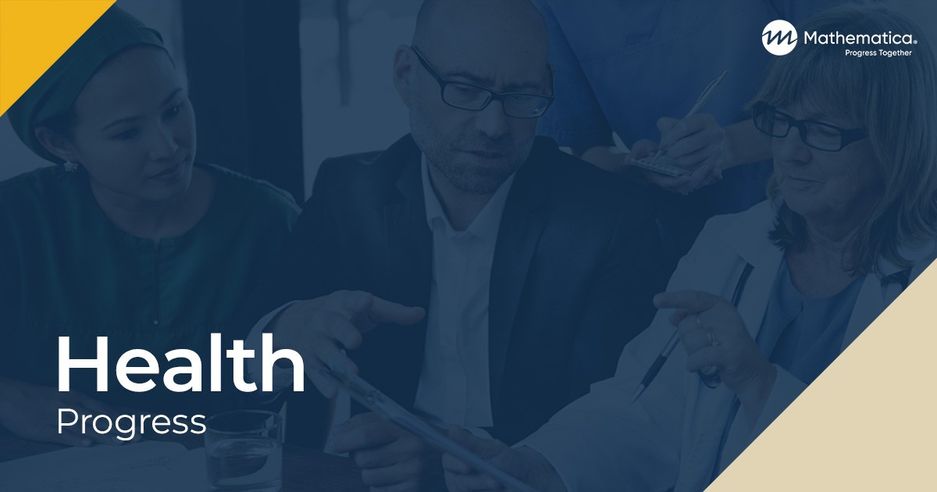Money Follows the Person 2015 Annual Evaluation Report
Research and Evaluation of the Money Follows the Person (MFP) Demonstration Grants
Prepared for:
U.S. Department of Health and Human Services, Centers for Medicare & Medicaid Services
Key Findings:
- The 11,661 MFP transitions during calendar year 2015 marked the largest annual number transitioned since the inception of the demonstration and represented 97 percent of the number of grantees targeted for the year.
- The cumulative MFP enrollment increased to 63,337 transitions by the end of December 2015, an increase of 23 percentage points over the total number at the same point in 2014.
- Estimates indicate that the transitions through the end of 2013 (the sixth year of MFP transitions) generated health care cost savings in the range of $204 to $978 million depending on the number of transitions attributable to the MFP demonstration.
- Consistently throughout the demonstration, MFP participants reported significant improvement in the quality of their lives while state grantees benefited from the flexibility afforded by the grant funding to develop transition programs, establish new health and housing collaborations, expand community-based long-term service and supports offerings, design new services, and remove programmatic barriers to transition.
The Money Follows the Person (MFP) demonstration supports states’ efforts to help Medicaid beneficiaries living in long-term care facilities transition back to the community. People exiting long-term care facilities require diverse types of long-term services and supports to relocate to a residential setting and live successfully in the community. MFP grantees are using the funds from the Centers for Medicare & Medicaid Services (CMS) to expand the mix of services to better meet peoples’ support requirements during their first year in the community. This report is the seventh and final in a series of annual reports that Mathematica Policy Research is producing for the national evaluation of the MFP demonstration. It provides basic information about the program and how it grew and changed since transitions began in 2007. It also presents estimates of program outcomes and provides the underlying information necessary for a report to Congress.
How do you apply evidence?
Take our quick four-question survey to help us curate evidence and insights that serve you.
Take our survey
